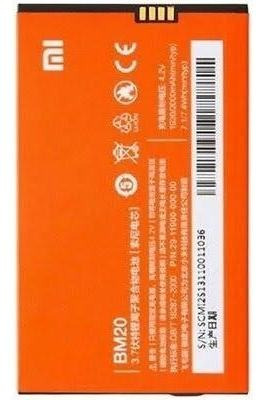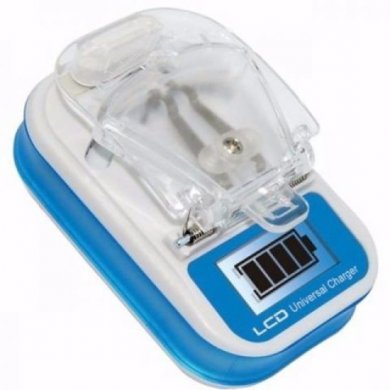John rodrigues
Member level 4
To preserve the useful life of lithium batteries and lithium polymer it is necessary to keep them charged I have the removable batteries BP-5L and BM20, what is the monthly discharge rate of these batteries? would i have to carry them 1x per month?




